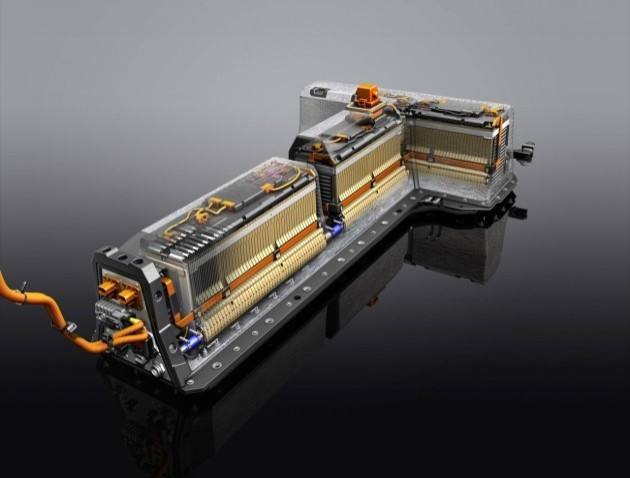A lithium ETF: A new type of commodity investment

The average investor likely has no idea what lithium is or how it is used in industrial and technological applications. However, if one ever uses a battery – say, for a mobile phone, laptop, mp3 player or a multitude of other portable consumer electronic products – chances are it is lithium-based. As the lightest metal on earth, lithium is ideal for use in batteries since it can store three times the energy of most other competing materials.
Given the explosive expansion of such electronic gadgets in recent years, the demand for lithium has surged. Now, with the imminent development of more electric and hybrid vehicles (whose batteries will increasingly use lithium), demand for this obscure metal could skyrocket.
Up until ten or fifteen years ago, lithium was used extensively for lubrication and with applications in pharmaceuticals, ceramics and aluminum (rather humdrum endeavors).
Now, lithium-ion batteries are currently estimated to power 90 percent of laptops and more than 60 percent of mobile phones. According to data from the TRU Group, total lithium demand has almost doubled in the past decade and is expected to rise steadily to 55,000 metric tons by 2020.
To take advantage of lithium’s phenomenal growth potential, Global X Management Co., a New York-based investment advisor, introduced what is believed to be the world’s first and only lithium-themed investment vehicle -- the Global X Lithium exchange-traded fund (NYSE: LIT).
Launched in late July, the ETF has already racked up $100-million in assets and returned about 20 percent. The fund invests exclusively in companies around the world which are involved in the exploration and mining of lithium, as well as manufacturers of lithium batteries.
Not surprisingly, there are a limited number of publicly-traded companies engaged in lithium production and very few “pure-play” names.
The fund’s three largest holdings, Sociedad Quimica y Minera de Chile (NYSE: SQM), FMC Corp. (NYSE: FMC) and Rockwood Holdings Inc. (NYSE: ROC), collectively dominate the global production of lithium, although each is a diversified chemical/mining corporation with many operations outside of lithium.
Bruno del Ama, the chief executive officer of Global X Management and portfolio manager of the lithium ETF, explains that demand for lithium is now growing by 10 percent annually, driven principally by the use of batteries in small consumer electronic products. However, when lithium-ion batteries are increasingly used in electric and hybrid automobiles, the impact on demand for lithium could be enormous.
In addition, lithium also has potential applications in batteries used in the power grid infrastructure of solar and wind power systems, presenting another huge potential for demand growth.
However, unlike almost all other commodities, lithium does not trade on any public exchange, nor do any futures markets exist for it. It is difficult, if not impossible, to invest directly in lithium or to physically acquire it.
“The price of lithium is an industrial clearing price, which is established between the industrial users and producers,” del Ama said. “It is very much a bilateral market.”
The agreed-upon price of lithium was about $2000/ton until 2004, then it tripled to about $6000/ton between 2004 and 2006, and currently trades at about $6500/ton.
Del Ama explains that most of the world’s lithium supply is mined and produced in South America, primarily in Argentina and Chile, although companies in the ETF are based all over the world (the fund includes companies domiciled in the U.S., Japan, Chile, Australia, France and Hong Kong).
As things like iPhones, iPads, iPods, laptops, and ultimately electric cars become de rigueur, lithium will play an increasingly crucial role in technology.
© Copyright IBTimes 2025. All rights reserved.



















